KickStart Starting Assist by ZTR is designed to eliminate battery-related start failures, extend battery life, and improve locomotive availability. Using advanced supercapacitor technology, KickStart provides a burst of cranking power during engine starts, reducing the strain on your locomotive batteries. Whether you're dealing with cold weather or high operational demands, KickStart ensures reliable starts, lower maintenance costs, and significant fuel savings.
Benefits

Reliable Engine Starts in Any Condition
KickStart Starting Assist significantly improves start reliability by delivering the extra cranking power required during engine startup. Frequent dead-won’t-start (DWS) events can cost rail operators up to $45,000 per failure. With KickStart, you minimize voltage drops and eliminate DWS situations, ensuring consistent locomotive performance even in the most demanding conditions, including cold weather extremes.
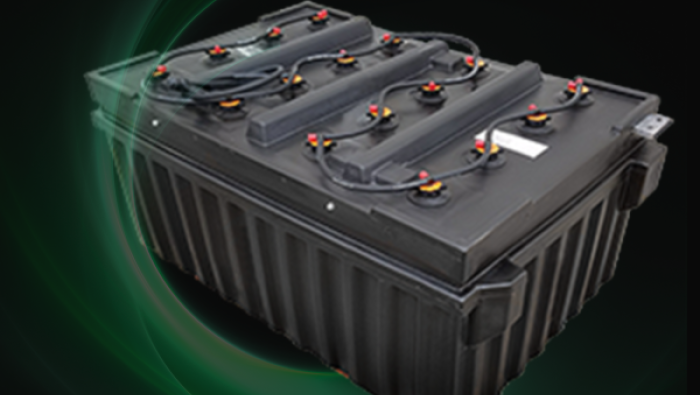
Extend Battery Life by Up to 50%
Locomotive batteries degrade over time due to deep discharges, corrosion, and repeated cycling during engine starts. KickStart reduces energy drain and current draw from the battery during startup, minimizing deep cycling and extending battery life by up to 50%. This results in fewer battery replacements and lower maintenance costs, with a potential saving of $6,000 to $12,000 per locomotive over five years.

Minimize Downtime and Maintenance
KickStart reduces start failures and helps maintain optimal battery performance, leading to reduced downtime and fewer unscheduled maintenance interventions. Studies have shown a reduction in battery voltage restarts by 85%, and a 25% decrease in crank time, helping rail operators extend the life of starting systems and improve overall locomotive availability.
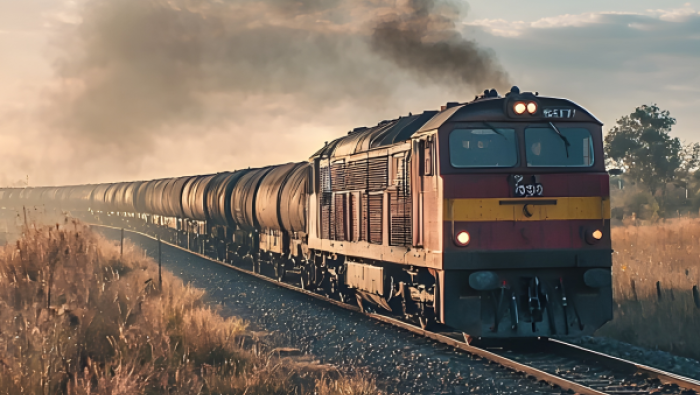
Improve Fuel Efficiency and Reduce Emissions
KickStart lowers fuel consumption by minimizing idling time and reducing the number of AESS restarts due to low battery voltage. Locomotives equipped with KickStart saw a 50% reduction in idle time and a 35% decrease in AESS restarts, leading to annual fuel savings of up to 1,080 gallons per locomotive, or approximately $4,320 per year. This also contributes to significant emission reductions, helping operators meet their sustainability goals.

Charge Maintenance and Cold Weather Performance
If the battery drains during extended shutdowns, KickStart maintains a charge, ensuring it’s ready to assist during engine cranking. KickStart’s performance is unaffected by cold weather, making it a reliable solution for operations in extreme conditions.
Key Performance Improvements
55% Reduction in Idle Time
Less time spent charging batteries before shutdown means reduced fuel consumption.
24% Reduction in Engine Crank Time
Faster engine cranking leads to lower wear and tear on starting systems.
35% Fewer AESS Restarts
Minimizes unnecessary restarts due to low battery voltage, improving locomotive uptime.
78% Lower Current Draw During Starts
Reduced current draw minimizes deep cycling of batteries, extending their life.
Remote Monitoring
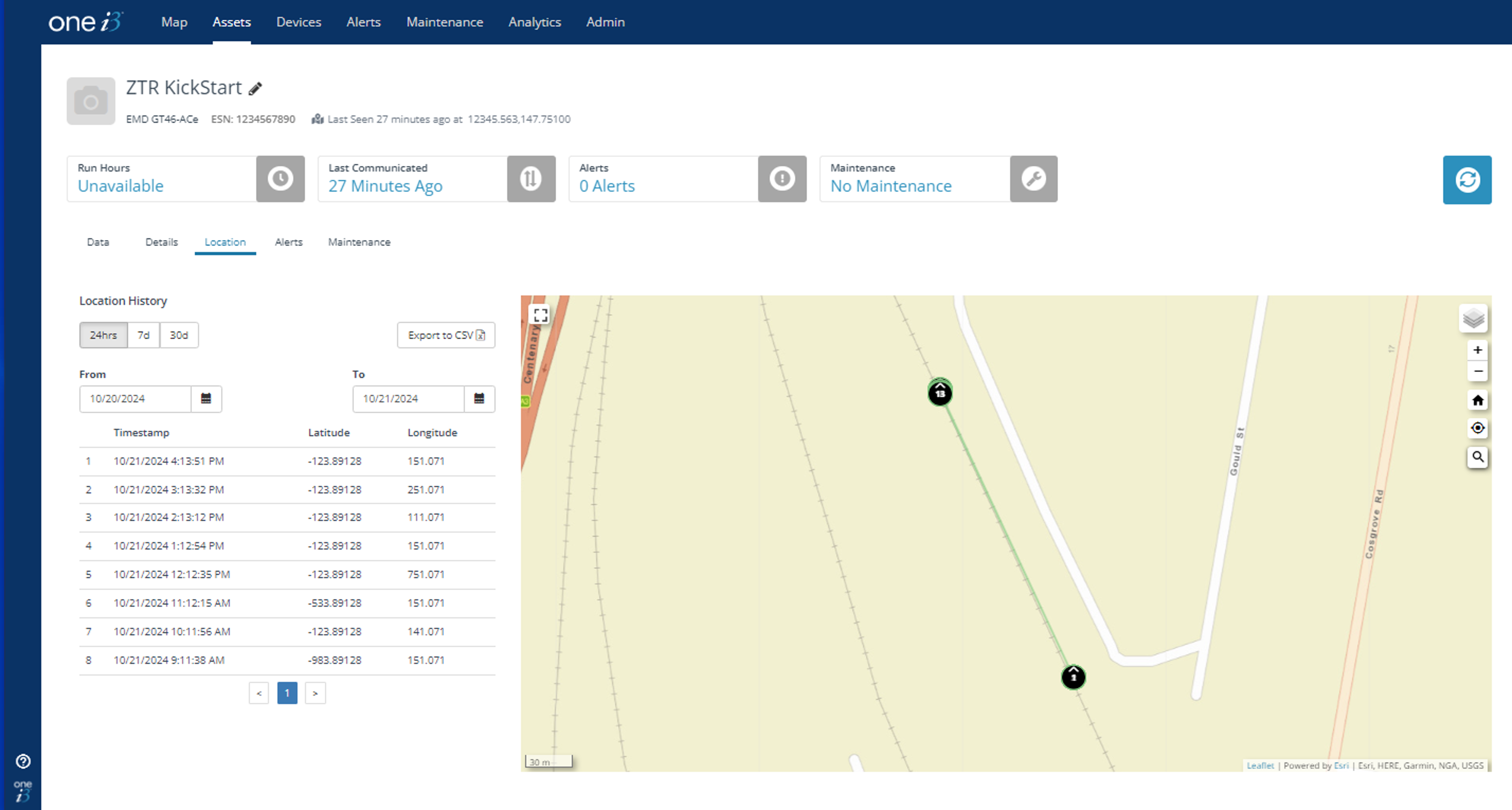
KickStart Dashboard
KickStart comes equipped with a Diagnostic Interface, allowing operators to monitor system performance in real time. The interface provides detailed insights into cranking power, battery health, and voltage levels during starts. This data helps detect potential issues early, streamlining maintenance and ensuring optimal locomotive performance. With easy access to critical diagnostics, KickStart enables proactive fleet management, reducing unplanned downtime and maximizing reliability.
Proven Results: Reducing DWS, Fuel Costs and Emissions
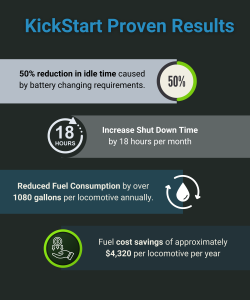
KickStart has been successfully implemented on locomotives worldwide, providing measurable improvements in start reliability, battery life, and fuel savings. After installing KickStart on a fleet of SD40-2 locomotives, a prominent freight operator saw a 50% reduction in idle time caused by battery charging requirements. KickStart allowed locomotives to stay shut down for an additional 18 hours per month, reducing fuel consumption by over 1,080 gallons per locomotive annually. This resulted in fuel cost savings of approximately $4,320 per locomotive per year, along with lower emissions
In another case study a railway operator equipped its fleet with KickStart to reduce battery strain during starts. The supercapacitor technology reduced deep battery discharges, doubling the expected battery life from 2 years to 4-5 years. This extension in battery life saved the operator up to $12,000 in battery replacement costs per locomotive over five years, significantly reducing overall maintenance expenses.
How KickStart Starting Assist Works
KickStart integrates easily into your locomotive’s electrical system. The supercapacitor module stores energy and releases it during cranking, supplementing the battery and reducing the voltage drop that can cause start failures. Once the engine starts, the supercapacitor recharges quickly, preparing for the next cycle, ensuring reliable starts across your fleet.
Batteries are one of the leading causes for engine starting problems. Brownouts are caused when high current draw on a weakened battery causes the battery voltage during engine cranking to drop below the minimum voltage requirement needed to maintain the onboard electrics. Once the voltage drops below the dropout voltage, the onboard electronics will cycle and the cranking will cease causing a dead-won't-start. The left graph below shows a failed restart due to battery voltage dropping below the drop-out voltage.
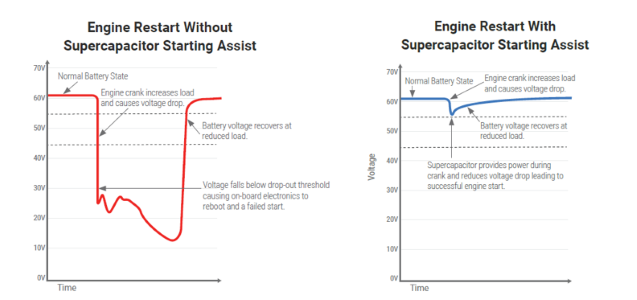
With the implementation of supercapacitor starting assist technology, there is a high power output from the supercapacitor for the engine cranking to cut the current draw on the battery and avoid a voltage drop to the onboard electrics. Even with a weakened battery, the locomotive control system voltage is maintained above the minimum voltage to avoid a brown out and results in a successful restart. The supercapacitor is then recharged in minutes after the locomotive starts.
Download KickStart Starting Assist Whitepaper
For a detailed analysis of KickStart’s benefits and real-world results, download our comprehensive KickStart Whitepaper. The whitepaper includes field data and case studies showing how KickStart improves fleet performance, reduces maintenance costs, and enhances fuel efficiency.
Whitepaper: Improving Locomotive Starting Performance
Get Started with KickStart Starting Assist
KickStart Starting Assist is the solution for rail operators looking to reduce start failures, minimize downtime, and lower operational costs. Contact us to learn more about how KickStart can benefit your fleet.
KickStart Starting Assist Brochure